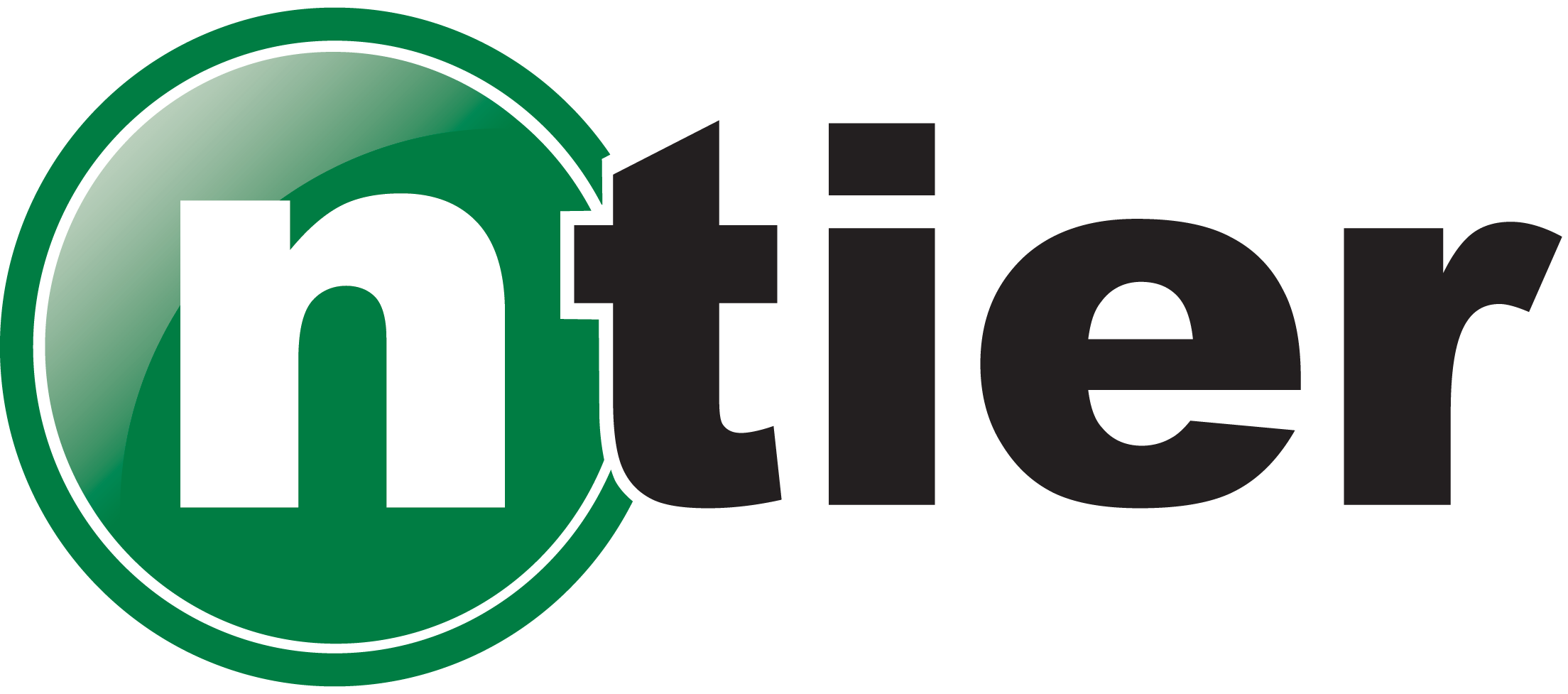Duration: 4 Days
Description
This four-day course provides a comprehensive introduction to graph databases, with a deep dive into the Neo4j platform. It covers advanced querying techniques, graph data modeling best practices, graph analytics, and introduces powerful graph algorithms such as shortest path and centrality. Participants will also explore visualizing graph networks using Neo4j Bloom, enriching graph data with ChatGPT, and vector search techniques to enhance their graph-based applications. The course emphasizes Real-Time Augmented Generation (RAG) solutions using Vector Indexing and explores how graph algorithms and embedding techniques can power recommendation engines. By the end of the course, participants will have hands-on experience with Neo4j, including advanced capabilities such as graph algorithms, RAG techniques, and embedding-based recommendation engines, allowing them to apply graph database solutions to complex data problems like fraud detection, social networks, and recommendation systems.
Audience
Designed for database professionals, developers, data analysts, and tech enthusiasts, this course offers hands-on experience in understanding the workings of graph databases, their real-world use cases, and how to effectively apply advanced capabilities like semantic enrichment and vector-based search to real-world problems.
Objectives
- Understand key concepts like nodes, relationships, properties, and labels in a graph data model
- Explore the Neo4j ecosystem, architecture, and how it stores and queries graph data
- Write and optimize Cypher queries to create, read, update, and delete (CRUD) graph data
- Use Neo4j Bloom to visualize graph networks and gain insights from complex relationships
- Integrate ChatGPT with Neo4j to enhance and enrich graph data with AI-generated content
- Explore Vector Indexing and RAG techniques to improve real-time query responses using Neo4j
- Run and interpret advanced graph algorithms like shortest path, centrality, and community detection
- Apply embedding techniques for building recommendation engines using Neo4j
- Design scalable graph models and handle large datasets while ensuring query performance
Prerequisites
Participants should have hands-on experience with Python or a basic Python class. No prior knowledge of graph databases is required, but familiarity with database concepts and query languages (e.g., SQL) will be helpful.
Course Outline
Module 1: Introduction to Graph Databases
- What Are Graph Databases?
- Traditional Databases vs. Graph Databases
- Advantages of Graph Databases
- Use Cases for Graph Databases (e.g., social networks, recommendation systems, fraud detection)
Module 2: Overview of Neo4j
- What is Neo4j?
- Neo4j Architecture and Components
- Key Features of Neo4j
- Installation and Setup of Neo4j
Module 3: Understanding Graph Data Modeling
- Nodes, Relationships, Properties, and Labels
- How Data is Modeled in a Graph
- Understanding Different Types of Relationships (e.g., one-to-one, one-to-many, many-to-many)
Module 4: Introduction to Cypher Query Language (CQL)
- Overview of Cypher Syntax
- Basic Cypher Queries: create, read, update, delete (CRUD) graph data
- Querying and Filtering Graph Data
Module 5: Intermediate Cypher Querying
- Introduction to Neo4j Bloom
- Visualizing Complex Graph Networks
- Customizing Bloom for Different Use Cases
- Real-World Examples of Graph
Module 6: Intermediate Cypher Querying
- Pattern Matching and Complex Queries
- Aggregating Data with Cypher
- Using Functions in Cypher (e.g., COUNT, AVG, MAX)
Module 7: Data Manipulation in Neo4j
- Updating and Merging Nodes/Relationships
- Deleting Nodes and Relationships
- Managing Duplicate Data and Relationships
Module 8: Enriching Graph Data with ChatGPT
- Introduction to Integrating Neo4j with AI
- Enriching Graph Data with ChatGPT-Generated Content
- Use Cases and Hands-On Examples
Module 9: Advanced Graph Algorithms
- Shortest Path, Centrality, and Community Detection
- Introduction to Graph Algorithms in Neo4j
- Running and Optimizing Graph Algorithms
- Analyzing Complex Relationships
Module 10: Vector Indexing and RAG Techniques
- Understanding Vector Indexing in Neo4j
- Implementing Real-Time Augmented Generation (RAG) Solutions
- Improving Search Accuracy with Vector-Based Search Techniques
- Hands-On Implementation with Neo4j
Module 11: Embedding Techniques for Recommendation Engines
- Using Embeddings in Neo4j to Build Recommendation Engines
- Case Study: Recommendation Engines with Semantic Search
- Leveraging Neo4j Algorithms for Personalized Recommendations
Module 12: Neo4j Integration with Other Tools
- Introduction to Neo4j Python Drivers and APIs
- Integrating Neo4j with Data Visualization Tools
- Exporting and Importing Graph Data
Module 13: Best Practices for Graph Database Design
- Designing Scalable Graph Models
- Handling Large Datasets Efficiently
- Optimizing Queries for Performance
